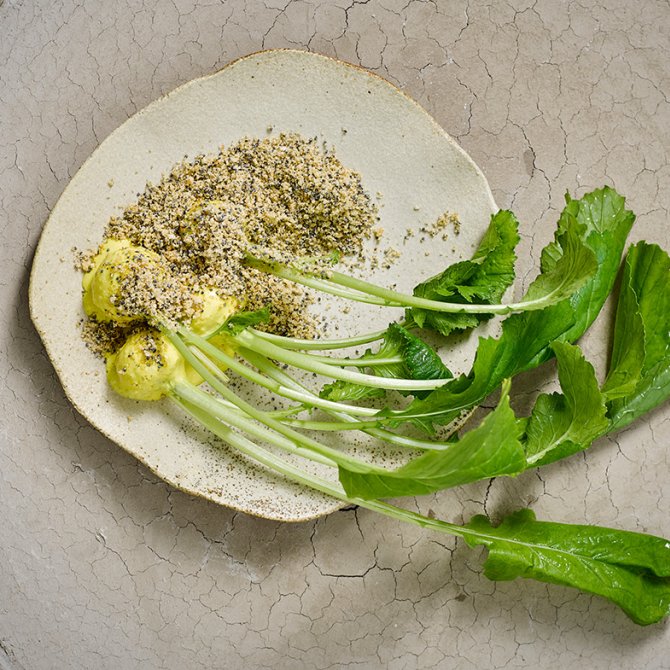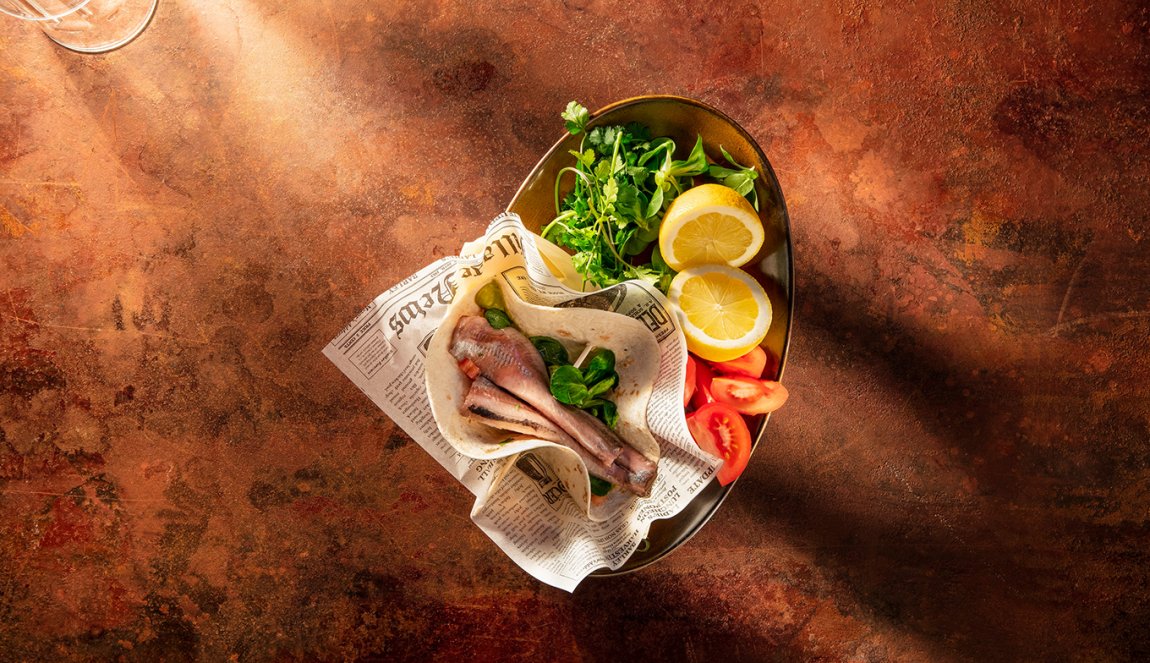
A culinary journey through the Netherlands
There are a number of traditional Dutch dishes – stamppot, bitterballen, pickled herring, poffertjes – that will be familiar to many. But contemporary Dutch cuisine is also suffused with an innovative spirit, offering plenty of exciting new discoveries. From locally sourced produce to a multifaceted mix of international influences, the Netherlands offers an unmissable culinary experience. Discover how classic Dutch flavours are given a modern twist and get a taste of how Dutch cuisine constantly reinvents itself.
New lease of life for traditional ingredients
Responsible farming, sustainable cooking
Samphire is only available from May to August, is usually grown or foraged in small-scale operations and often served from field to table. Locals hold it in high regard and treat it with respect – sustainable management of the salt marshes is crucial to preserve their high ecological value. This includes working with the tides, protecting the area against waste and pollution and supporting the local flora and fauna, making samphire a perfect example for the importance Dutch chefs and restaurants place on sustainability and seasonal cooking. To prove it, the Netherlands has no fewer than 15 restaurants awarded with a Michelin Green Star.
Explore the farmers markets and food stalls
Farmers markets, of course, are the number-one destination for getting your hands on fresh and hyper-local produce, seeing what’s in season and getting inspiration for your own cooking. But they’re also perfect for compiling an amazing cheeseboard. In addition to the traditional Dutch cheeses, more and more interesting varieties and flavours are hitting the market. Pesto cheese, chili cheese, even lavender cheese… you name it. And if you buy at the market, the cheesemonger will usually let you try a slice before you commit, so you can be sure you’ll get it just right.
Picking cherries in the Betuwe
Did you know?
That carrots were originally purple or white? It’s believed that the Dutch propagated orange carrots in the 16th century.
Innovation in agriculture
The Betuwe and Kromme Rijnstreek areas are not only famous for their cherries. The region is also a frontrunner in innovative agriculture. Many farmers use advanced technologies and sustainable methods to optimize their yield: from precision agriculture, where drones and sensors are used to monitor the health of the orchards, to state-of-the-art irrigation systems that minimize water usage. Many of the farmers offer tours or workshops so you can learn firsthand how the Netherlands is a pioneer in agricultural innovation, combining modern science with traditional farming values.
Fusion food: Global flavours in a Dutch guise
Generations of immigrants from the former colonies reshaped Dutch food traditions forever.
These days, diversity in Dutch cuisine comes to the fore in a range of ‘fusion’ dishes that combine Dutch ingredients with flavours from other countries. Take Indonesian-Chinese spring rolls – also known as loempias – filled with local vegetables and native herbs, or Mexican tacos with Dutch cheese. Stamppot, a traditional Dutch stew, is being reinvigorated by the addition of Asian spices. In short, culinary renewal is always on the menu in the Netherlands, where traditional ingredients are tried in new dishes and vice versa. You can even get micro-brewed Dutch soy sauce!
Discover the many sides of Dutch cuisine
Tips from Charlotte Kleyn
-
Try real Dutch food
If you’re looking for the most traditional Dutch food, go for pancakes and waffles. For savory, give pea soup a try!
-
The past is a different country
In the 17th century it was common to combine savory with sweet flavours. Taste the Netherlands of yore - next time you have a boiled egg, season or fill it with ginger, cinnamon and sugar.
-
A time before potatoes?
Potatoes seem to be a part of any Dutch fare, but this wasn’t always the case! Before potatoes gained popularity in the 18th century, the Dutch ate mostly turnips, pulses, parsnips and salsify.

The Michelin Green Stars in the Netherlands
If you’re looking for delicious meals prepared sustainably, then you really need to visit these restaurants that have been awarded a Green Star by Michelin.
Read more




